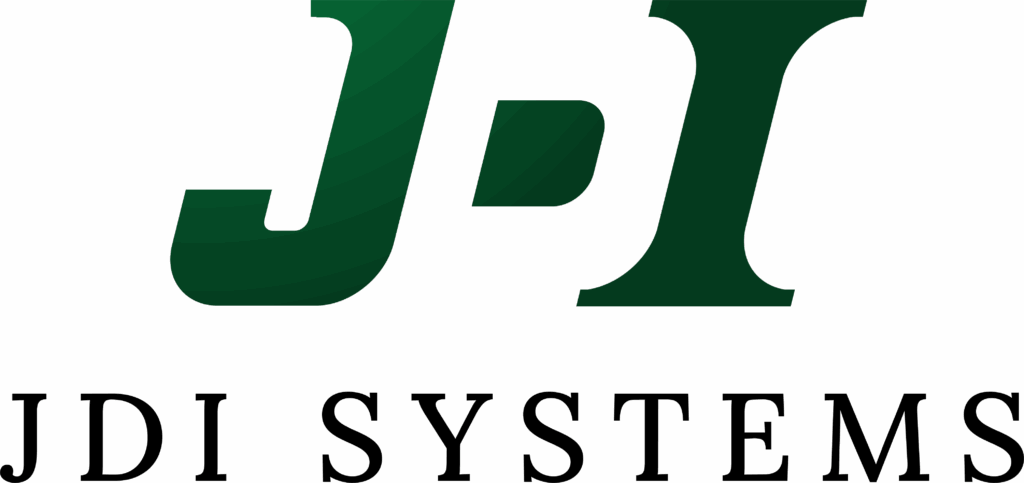Crafting a powerful resume and walking into a job interview with confidence may seem like two separate milestones, but they’re deeply connected. Together, they tell your story. Whether you’re fresh out of college or aiming for your next big move, knowing how to approach each step in the interview journey helps you stand out in a competitive market.
This guide offers a practical, step-by-step approach to navigating that journey—from the moment you open your resume draft to the second you step into the interview room. With preparation, clarity, and the right mindset, your career breakthrough isn’t just possible—it’s within reach.
Step 1: Building a Standout Resume
A great resume opens doors before you even speak. It’s your first impression and needs to be clean, relevant, and honest.
Focus on Clarity Over Fluff
- Use clear headers: Work Experience, Education, Skills, Certifications. Keep formatting consistent across each section to ensure professionalism.
- For easy reading, use bullet points instead of paragraphs. Each bullet point should start with a strong action verb such as “Led,” “Developed,” “Streamlined,” or “Improved.”
- Keep it to one page if you’re early in your career; two pages are acceptable if you have significant relevant experience or advanced education.
Tailor It to Each Role
- Customize your resume for each job position to highlight the most relevant experience for that particular employer.
- Carefully study the job description and mirror the phrasing when it aligns with your background. This also helps your resume pass through applicant tracking systems (ATS).
- Quantify achievements: Instead of writing “Helped with customer service,” write “Resolved 25+ customer inquiries per day, improving response time by 30%.”
Keep Formatting Simple and Polished
- Use a professional, legible font like Arial, Calibri, or Times New Roman in 10–12 point size.
- Maintain 1-inch margins and consistent spacing throughout the document.
- Avoid using excessive colors, images, or graphics, unless you’re applying for a creative role like graphic design.
- Always save and send your resume as a PDF to preserve formatting across devices and platforms.
Step 2: Writing a Persuasive Cover Letter
Think of your cover letter as your narrative, while your resume lists your credentials, your letter tells the story behind them.
Personalize Your Greeting
- Use the hiring manager’s name if possible. LinkedIn or the company website often provides this info. If not, opt for “Dear Hiring Manager.”
- Include the exact job title you’re applying for within the first line, making your intent clear right away.
Show Passion and Relevance
- Express why the company’s mission excites you and how it aligns with your values or goals.
- Mention a recent initiative, campaign, or value the company supports. For example, “Your focus on sustainability caught my attention, especially your recent plastic reduction program.”
Highlight Soft Skills with Examples
- Choose one or two soft skills that are highly relevant to the role, like communication, adaptability, or teamwork, and share a brief story or example that demonstrates them.
- For instance: “While managing a team of five on a university research project, I learned how to balance diverse viewpoints and deliver a unified presentation under tight deadlines.”
Step 3: Prepping for the Job Interview
Once your application gets noticed, the real work begins: preparing to showcase who you are beyond the paper.
Research the Company Thoroughly
- Understand their services, products, company values, and leadership team. Read their About page, recent press releases, and Glassdoor reviews.
- Know their competitors and how they differentiate themselves within the industry.
- Identify key pain points they may face, so you can connect your skills to their needs.
Practice With Purpose
- Rehearse answers to common and top job interview questions like “What motivates you?” or “Tell me about a time you faced a challenge.”
- Practice answering behavioral questions clearly and confidently using the STAR method (Situation, Task, Action, Result).
- Record yourself or conduct mock interviews with a friend to identify filler words, rushed speech, or unclear responses.
Plan What You’ll Bring
- Print at least three copies of your resume in case multiple interviewers are present.
- Prepare a list of thoughtful questions to ask the interviewer, such as:
- “What does success look like in this role in the first 90 days?”
- “How does the team handle collaboration and feedback?”
- Bring a notepad and pen, and consider having a small portfolio or folder to organize your materials neatly.
Step 4: The Mindset Shift: From Nervous to Prepared
Confidence is less about feeling fearless and more about being ready.
Reframe the Interview
- Instead of “I hope they like me,” think “Let’s see if this is a mutual fit.”
- Recognize your value and remember that you were invited for a reason.
Manage Pre-Interview Nerves
- Visualize yourself entering the room, greeting the interviewer, and answering questions with clarity and poise.
- To release tension before the interview, use calming techniques like deep breathing, meditation, or taking a short walk.
Dress the Part
- Match your attire to the company’s environment. If unsure, lean toward business professional attire: dress pants, collared shirts, blazers, and polished shoes.
- Avoid bold patterns or distracting accessories. Keep grooming neat and accessories minimal.
- Prepare your outfit the night before to avoid rushing on the big day.
Step 5: Nailing the Interview
You’ve made it to the room. Now it’s your time to shine through presence, preparation, and professionalism.
First Impressions Matter
- Arrive 10–15 minutes early. Being on time shows reliability and respect.
- Greet everyone you meet with kindness, from receptionists to interviewers.
- Smile, maintain good posture, and offer a firm, confident handshake.
Communicate Clearly and Authentically
- Speak with intention. Pause briefly before answering to organize your thoughts.
- Use real examples from your experience. For instance, say, “I helped redesign our team’s onboarding manual, which decreased new hire ramp-up time by 25%.”
- If you don’t know the answer, stay calm. Say, “That’s a great question. I’d like to think it through for a moment.” Honesty and thoughtfulness go a long way.
Ask Thoughtful Questions
- Ask about team culture, growth opportunities, or what makes someone successful in that role.
- Avoid questions that focus solely on perks or time off. Save those for later stages or when the employer brings them up.
Step 6: What to Do After the Interview
Following up is a step many overlook but makes a substantial impact.
Send a Thank-You Email
- Do this within 24 hours of the interview. Address the person by name and mention something specific that stood out from your conversation.
- Reiterate your enthusiasm for the role and briefly highlight one reason you’re a strong fit.
- Keep it short; three to five sentences is perfect.
Reflect on the Experience
- Jot down what you learned about the company and how you felt during the interview.
- Take note of questions that caught you off guard so you can prepare better next time.
- Use these reflections to refine your responses and elevate your future performance.
Stay Patient but Proactive
- Respect the timeline given by the interviewer. If none was provided, wait 7–10 business days before following up.
- In your follow-up, express continued interest and inquire if there’s an update on the hiring process.
- While waiting, continue applying to other opportunities to maintain momentum and avoid putting all your hopes into one outcome.
Join J.D.I. Systems Today
The journey from resume to interview room is more than just a series of tasks—it’s a process of preparation, growth, and self-discovery. By focusing on clarity, relevance, and confidence at every stage, you set yourself up not only to land the job, but to thrive in your next role.
If you’re prepared to turn preparation into progress, J.D.I. Systems is the place to start. We’re looking for individuals who are motivated, professional, and ready to grow. Step beyond the interview room and into a career where your effort is recognized and your development is a priority. Apply to J.D.I. Systems today and take your first step toward a role that challenges, supports, and rewards you.



